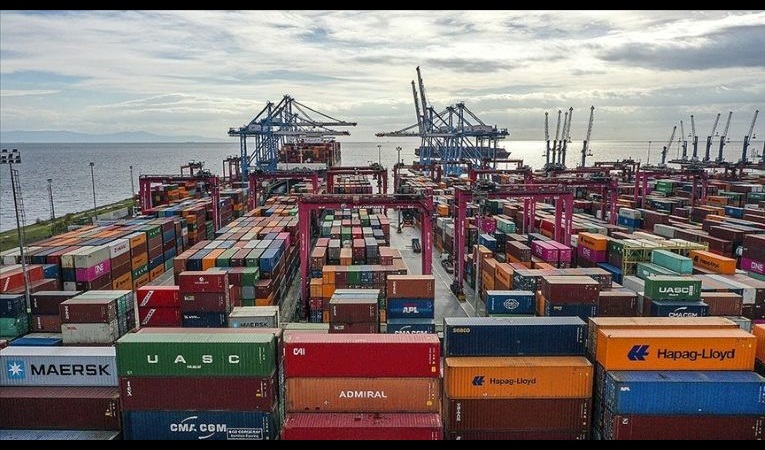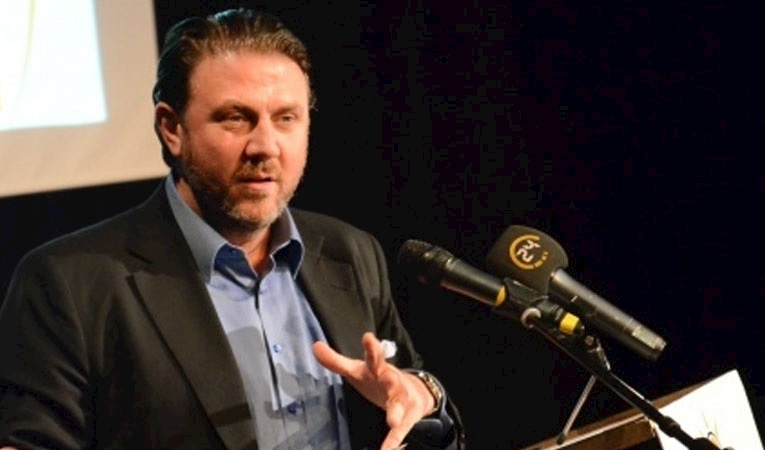
-
BIST 100
 10395,56%0,62En Düşük10387,47En Yüksek10441,05
10395,56%0,62En Düşük10387,47En Yüksek10441,05 -
DOLAR
 40,18%0,25Alış40,1730Satış40,1774En Yüksek40,2775
40,18%0,25Alış40,1730Satış40,1774En Yüksek40,2775 -
EURO
 46,94%0,10Alış46,9383Satış46,9413En Yüksek47,1514
46,94%0,10Alış46,9383Satış46,9413En Yüksek47,1514 -
EUR/USD
 1,17%-0,16Alış1,1683Satış1,1684En Yüksek1,1710
1,17%-0,16Alış1,1683Satış1,1684En Yüksek1,1710 -
ALTIN
 4307,36%0,58Alış4307,12Satış4307,59En Yüksek4318,98
4307,36%0,58Alış4307,12Satış4307,59En Yüksek4318,98
-
BIST 100
 10395,56%0,62En Düşük10387,47En Yüksek10441,05
10395,56%0,62En Düşük10387,47En Yüksek10441,05 -
DOLAR
 40,18%0,25Alış40,1730Satış40,1774En Yüksek40,2775
40,18%0,25Alış40,1730Satış40,1774En Yüksek40,2775 -
EURO
 46,94%0,10Alış46,9383Satış46,9413En Yüksek47,1514
46,94%0,10Alış46,9383Satış46,9413En Yüksek47,1514 -
EUR/USD
 1,17%-0,16Alış1,1683Satış1,1684En Yüksek1,1710
1,17%-0,16Alış1,1683Satış1,1684En Yüksek1,1710 -
ALTIN
 4307,36%0,58Alış4307,12Satış4307,59En Yüksek4318,98
4307,36%0,58Alış4307,12Satış4307,59En Yüksek4318,98
- Anasayfa
- Haberler
- Tüm Haberler
- 700 Different Products From A Single Brand
700 Different Products From A Single Brand
The best way to see this trend is to go shopping, particularly in supermarkets. Companies’ concerns about things such as distribution, market share, increasing turnover, consumer needs, production ...
The best way to see this trend is to go shopping, particularly in supermarkets. Companies’ concerns about things such as distribution, market share, increasing turnover, consumer needs, production capacity and brand creation have resulted in them creating tens of different products from one brand. Tukaş, Eti, Unilever, Pınar, Fritolay, Ülker and others… In some brands there are 100 products, in others up to 700 when sub-products are included. If just 20 of these new products can survive then this ‘flood of products’ is expected to continue.
700 DIFFERENT PRODUCTS FROM A SINGLE BRAND
A few years ago ACNielsen and Ernst & Co conducted a survey of 27,193 new products in six countries. This survey showed that consumers believed that only 2.2 percent of these products were new in any meaningful sense of the word. The others were seen as being continuations of old products or products which served just temporary purposes. Only 20 percent of products which were classed as new actually survived. This means that producing new products is an extremely risky way of expanding.
But in recent years many companies have introduced new products as a means of expanding. Tukaş has been launching a new product virtually every week. In the last three years the company has introduced 95 new products. While Algida and Knorr have continued with their offensives, Unilever has launched 67 new products in the last five years. Tat has introduced 30 new products in the last five years and will launch 60 more in the period ahead.
This trend has been led by players in the rapid consumption products’ market, such as Tukaş, Unilever, Tat Konserve, Pınar, Fritolay and Eti, but it is being supported by İstikbal in furniture and Polisan in paint. New products create significant movement in companies’ budget items such as turnover, market share and sales. Below you can read about the strategies of companies which have come to the fore with their innovative structures. Companies say that they will continue with this new product strategy in the future. This also indicates that in the short-term this strategy will continue to be implemented.
Why the need for novelty?
Many markets are experiencing greater competition than ever before. In such an environment companies have to be more innovative than their rivals. As a result, they launch new products on the market which are tailored to market and consumer needs. Of course, the underlying motive is to increase sales and make profits. In addition to this, the companies are also trying to reduce their marketing, sales, distribution network costs and enrich their portfolio.
Tat Konserve General Manager Erdal Kesrelioğlu explains the other reasons as follows:
“Some products are produced because the market is growing, some to add to your portfolio, some because there is a genuine consumer need, and some are trying to give a fresh appearance to an old face.”
Marsa Kraft General Manager Alp Pıdik draws attention to the distribution network and adds: “Firms or groups which are relatively strong in distribution have a tendency to enter other categories in order to use this distribution network more effectively. There is no difference between going to a chain with one product and with 20 products. You are sitting in front of the same people and saying the same things. You do this without incurring any additional costs.”
ALİ DANIŞ/ACNIELSEN GENERAL MANAGER
“20 PERCENT OF THE NEW PRODUCTS WILL BE ABLE TO SURVIVE”
*We have recently seen companies such as Tukaş, Tat and Unilever produce a lot of new products. Why are so many new products being launched?
Yes, there has recently been an increase in the number of new products being launched. The reason for this is the contraction in the market during and after the 2001 crisis and the rapid recovery over the last year. In fact, new products are always being launched. But during times of crisis, such as earthquakes, social, political and economic turbulence, the pace slows. New products are launched to sell more, to increase or protect market share, to strengthen sales channels, or to maximize the use of the company’s production, distribution, marketing and brand potential. In addition to the ultimate goal of increasing the company’s profits, there many be a different strategy behind each new launch.
What are these strategies?
Some launch them just as obstacles for their rival, some to increase circulation and ease profitable products’ sales channels. All of these are on the producers’ side of the equation. As for the consumers: their needs become more diversified every day, the needs of modern life are continually changing and we see this change becoming manifest in the consumption of increasingly varied goods and services. As some products, which new generations will never remember, are being withdrawn, so countless new products are entering the market. In Western markets the number of products sold in supermarkets has risen from an average of 3,000 some 50 years ago to 35-40,000 today. In Turkey an average of 5,000 new products are launched on the market every year.
So this is also the trend in the rest of the world?
Yes, this is what is happening wherever there is a developed free market system. But how many of the new products can survive? Only 20 percent of the products classed as new will be able to survive. For those which are an extension of existing products the rate falls to 19 percent and for those which are similar to other products the rate falls to 4.5 percent. It takes a significant investment in marketing to establish a brand new product and a new brand on the market. As a result, from time to time even firms which are global leaders in marketing undergo a consolidation and concentrate their resources on specific brands. On the other hand it is a fact that all consumers choose a product with their own individual physical and emotional special characteristics. This is a two-edged sword and in marketing always involves making difficult decisions.
Türkiye ve dünya ekonomisine yön veren gelişmeleri yorulmadan takip edebilmek için her yeni güne haber bültenimiz “Sabah Kahvesi” ile başlamak ister misiniz?






